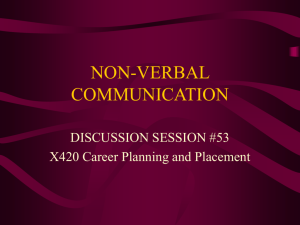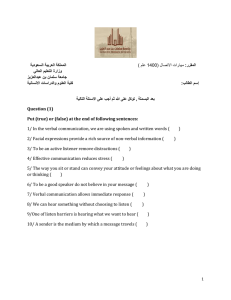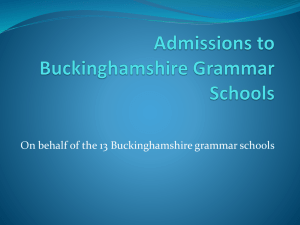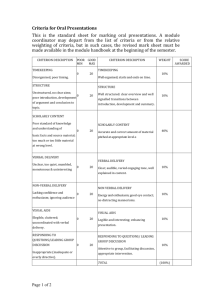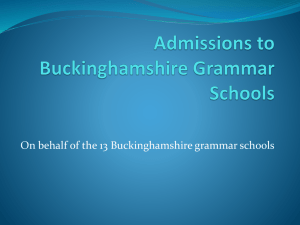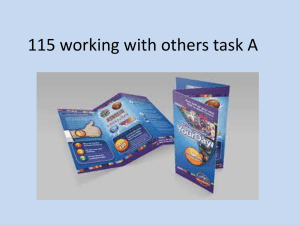written communication
advertisement
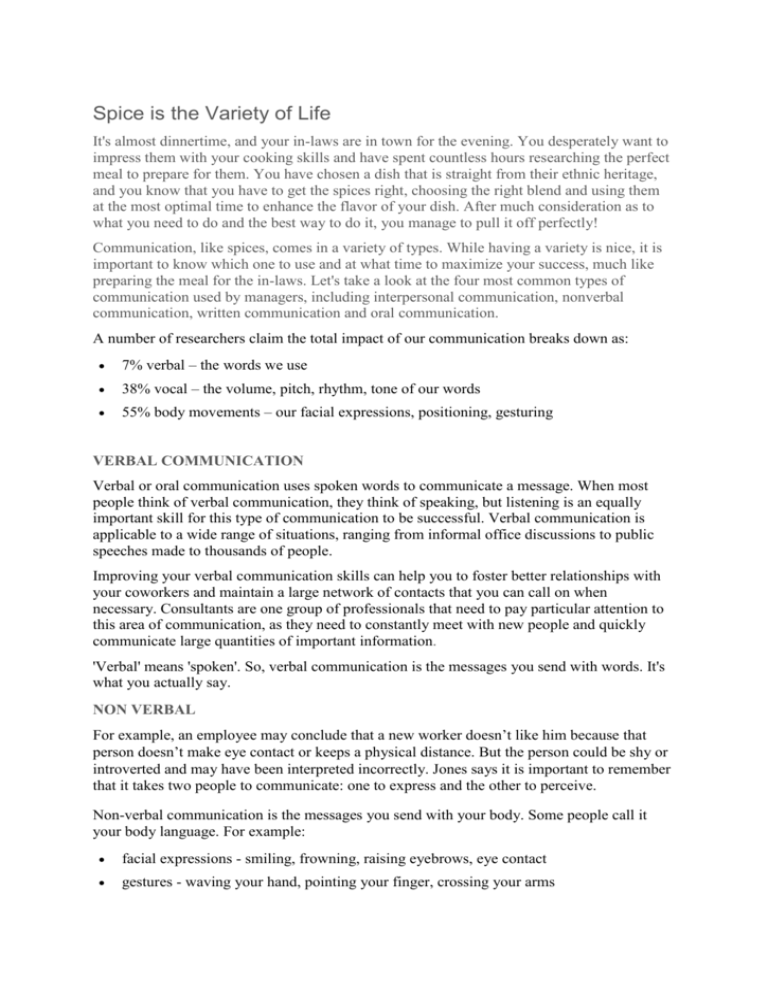
Spice is the Variety of Life It's almost dinnertime, and your in-laws are in town for the evening. You desperately want to impress them with your cooking skills and have spent countless hours researching the perfect meal to prepare for them. You have chosen a dish that is straight from their ethnic heritage, and you know that you have to get the spices right, choosing the right blend and using them at the most optimal time to enhance the flavor of your dish. After much consideration as to what you need to do and the best way to do it, you manage to pull it off perfectly! Communication, like spices, comes in a variety of types. While having a variety is nice, it is important to know which one to use and at what time to maximize your success, much like preparing the meal for the in-laws. Let's take a look at the four most common types of communication used by managers, including interpersonal communication, nonverbal communication, written communication and oral communication. A number of researchers claim the total impact of our communication breaks down as: 7% verbal – the words we use 38% vocal – the volume, pitch, rhythm, tone of our words 55% body movements – our facial expressions, positioning, gesturing VERBAL COMMUNICATION Verbal or oral communication uses spoken words to communicate a message. When most people think of verbal communication, they think of speaking, but listening is an equally important skill for this type of communication to be successful. Verbal communication is applicable to a wide range of situations, ranging from informal office discussions to public speeches made to thousands of people. Improving your verbal communication skills can help you to foster better relationships with your coworkers and maintain a large network of contacts that you can call on when necessary. Consultants are one group of professionals that need to pay particular attention to this area of communication, as they need to constantly meet with new people and quickly communicate large quantities of important information. 'Verbal' means 'spoken'. So, verbal communication is the messages you send with words. It's what you actually say. NON VERBAL For example, an employee may conclude that a new worker doesn’t like him because that person doesn’t make eye contact or keeps a physical distance. But the person could be shy or introverted and may have been interpreted incorrectly. Jones says it is important to remember that it takes two people to communicate: one to express and the other to perceive. Non-verbal communication is the messages you send with your body. Some people call it your body language. For example: facial expressions - smiling, frowning, raising eyebrows, eye contact gestures - waving your hand, pointing your finger, crossing your arms posture - the way you stand or sit. Non-verbal communication also includes the tone and pitch of your voice. So, verbal communication is the words. But non-verbal communication is how you say the words. Non-verbal communication is an important part of the communication process. Up to twothirds of the meaning of a message can come from non-verbal communication. So, it's very important that you are aware of it. A facial expression or simple hand gesture can show: how we feel what we like or dislike if we care or not. . WRITTEN COMMUNICATION Written communication is essential for communicating complicated information, such as statistics or other data, that could not be easily communicated through speech alone. Written communication also allows information to be recorded so that it can be referred to at a later date. When producing a piece of written communication, especially one that is likely to be referred to over and over again, you need to plan what you want to say carefully to ensure that all the relevant information is accurately and clearly communicated. Written communication must be clear and concise in order to communicate information effectively. A good written report conveys the necessary information using precise, grammatically correct language, without using more words than are needed. Next to oral communication, written communication is the oldest known form of communication. Any form of communication which is written and documented from the sender to the receiver is known as written communication. Examples of written communication include letters, memos, research papers, reports, etc. It is a very concrete form of documentary evidence and can also be used for future reference purposes. As the information is written, it can be easily distributed to many people thus making it a bulk communication method. As the information does not change from person to person, the accuracy of the information conveyed is same across the entire audience. To ensure an effective written communication form, it is a must to follow completeness, clarity and correctness in your writing. As there is no immediate feedback that can be received, it is important that written communication is detailed and accurate to ensure that the write message is communicated. Also remember to keep the communication simple and without any errors. Written communication also has its limitations like lack of feedback, absence of modulations to convey message effectively, etc. These can be overcome effectively by mixing oral communication with written so as to combine the advantages of both along with eliminating the disadvantages. https://blog.udemy.com/types-of-communication/ http://study.com/academy/lesson/types-of-communication-interpersonal-non-verbal-writtenoral.html https://nationalvetcontent.edu.au/alfresco/d/d/workspace/SpacesStore/3973a53f-00c9-4d22-9a844844a817f302/602/shared/resources/director/induction/communication/verbal_nonverbal_com.ht m http://smallbusiness.chron.com/examples-verbal-communication-workplace-10936.html
